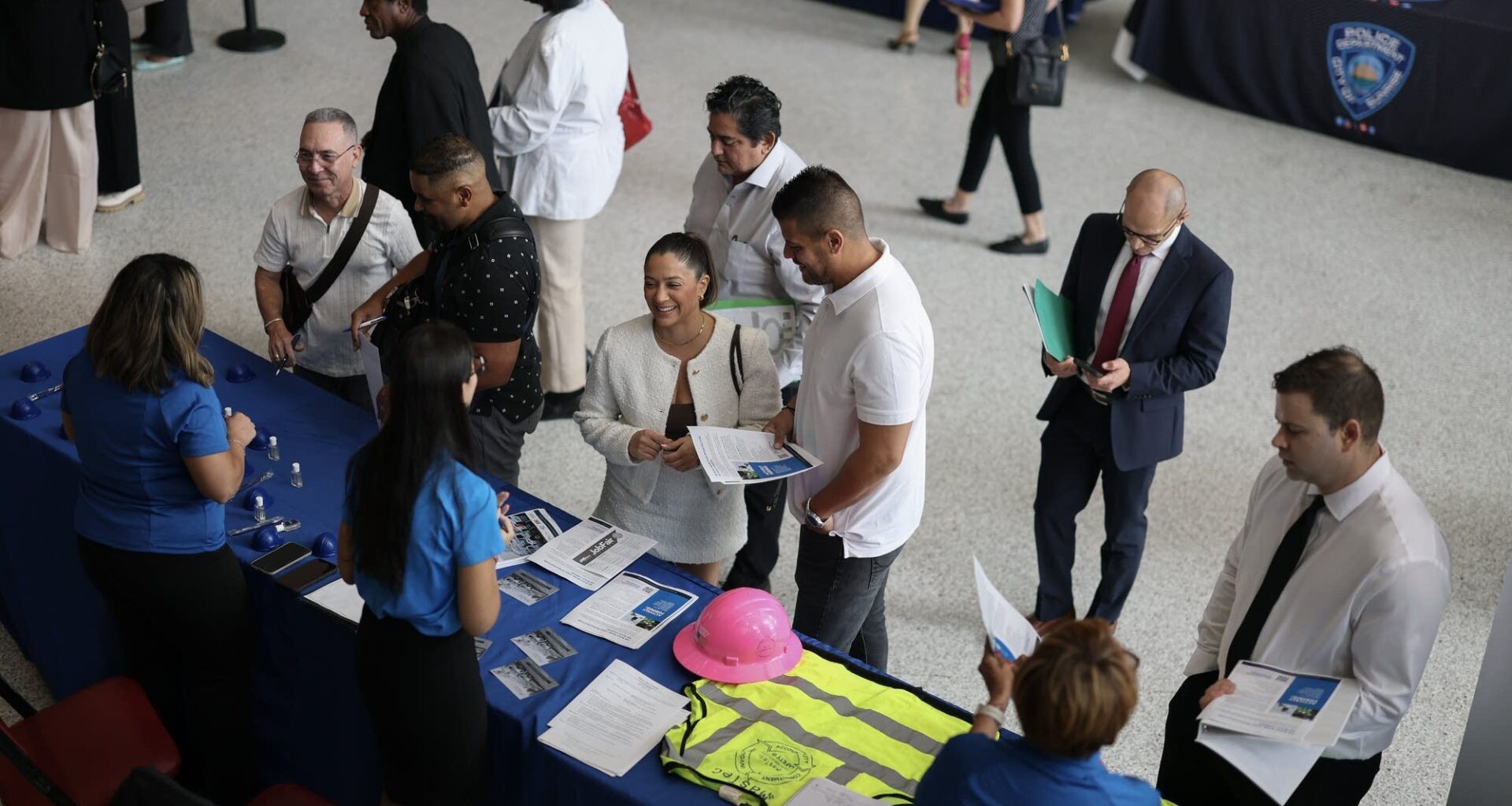In case you missed it, we’re in the midst of a low hiring, low firing job market. Meaning, while employers aren’t adding a whole lot of jobs right now, they’re not cutting many employees either.
Yes, it’s true that most firms are holding on to their workers, but according to the outplacement firm Challenger, Gray & Christmas, employers have announced more layoffs so far this year than any year since 2020.
A huge chunk of the layoffs announced so far this year happened months ago, when Elon Musk was swinging a prop chainsaw around a conference stage and firing federal workers en masse.
“That has really spiked the number, and, in a real way, added to the pool of Americans that are looking for work,” said Andy Challenger, senior vice president at Challenger, Gray & Christmas.
And not just government workers. Non profits and other government contractors have been hit hard too, said Terry Clower, a professor of public policy at George Mason University.
“If it’s a large accounting firm or a consultancy operation, it’s probably most directly because of a government contract,” he said.
In his region, just outside D.C., Clower said those cuts have also spilled over into restaurants, which are seeing less traffic.
And cuts to leisure and hospitality jobs are happening elsewhere too, said Lisa Simon, chief economist at the workforce analytics firm Revelio Labs.
“The declines in leisure and hospitalities are sort of, like, bigger than usual,” she said.
Layoffs are also coming for higher-earning tech jobs. In part because companies are seeing whether they can replace workers with artificial intelligence, said independent economist Aaron Terrazas.
“Anytime a role becomes open, they’re asking themselves, do we really need this role? Is it a role that can be done with AI? And, you know, at the very least, they’re going to test that,” he said.
Terrazas said now, other sectors are starting to do the same thing — partially because investors want them to.
“Financial markets expect similar AI impacts in these other sectors like finance, like retail, like warehousing,” he said.
While layoffs so far this year are up, the pace of new layoff announcements in recent months has slowed down, according to Challenger’s data.
Still, said Sarah House, a senior economist at Wells Fargo, “while I think we’re not seeing the pace of softening necessarily accelerate, we’re still in a precarious place.”
Just how precarious? Well, we were supposed to find out more from the jobs report Friday, but that’ll have to wait until the government reopens.
Related Topics
